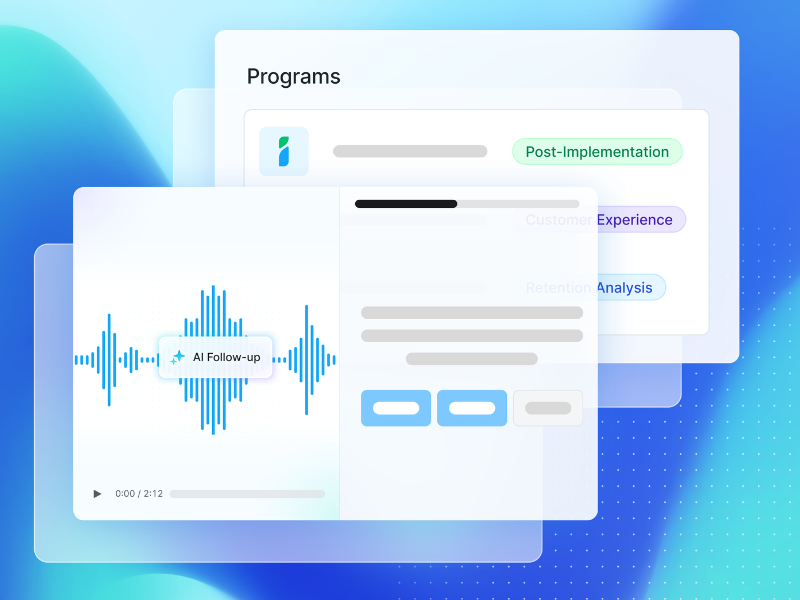
One of the common sales mistakes we observe at Clozd is when a salesperson assumes that a prospective buyer knows how to make a purchase. Many buyers — particularly of SaaS products — are first-time buyers and salespeople fail to recognize the implications and/or to guide the buyer through the purchasing process.
Here are some simple insights and takeaways to keep in mind when selling to novice buyers:
They do not know what they do not know
The buyer may be evaluating solutions to solve a problem that they do not yet fully understand. As a result, they may not even know what questions to ask. They may also lack knowledge about how to navigate their own organization to make a purchase happen. They may not have a clear idea of their use case and/or solution requirements.
A salesperson can help by patiently conducting in-depth and continuous discovery. Effective discovery can help the salesperson and the prospective buyer to work together to craft the right solution. In the process the salesperson educates the buyer and establishes trust by helping them more fully understand their own needs and use cases.
They tend to be hesitant, risk averse, and prefer slower adoption
Because they do not fully understand their own needs, novice buyers tend to be risk averse. They want to gradually step into the pool instead of diving in. They may not think that they need all of your functionality, so they don’t want to pay for it. They may not have the internal buy-in to justify a high ticket price but could get budget to start small and “prove it out.”
Make sure you package your solution so that it allows for easy adoption. Make sure your pricing tiers are flexible and appealing to risk averse buyers.

During the sales process, be careful about overplaying features and functionality versus showing how you meet the buyer’s basic use cases. Ensure that your sales team keeps things simple.
— Spencer Dent
They place a significant premium on ease of use and implementation
Because they are just getting started, first-time buyers place a significant premium on ease of use and implementation. If a novice buyer perceives (not necessarily knows) that multiple solutions meet their functional requirements, they will more often opt for the solution that is the most straightforward, even if it has less advanced functionality. Most first-time buyers are taking this project on as part of their job and have other responsibilities. Thus, they want something that allows them to get up to speed quickly and that they can engage with simply.
If you are focused on driving market adoption by getting companies to buy for the first time, place a premium on ease of use. During the sales process, be careful about overplaying features and functionality versus showing how you meet the buyer’s basic use cases. Ensure that your sales team keeps things simple.
In an attempt to “get started,” they may discount or overlook future switching costs
We often hear that buyers preferred one solution but went with inferior options “just to get started,” giving competitors a foothold because novice buyers do not fully account for switching costs. We often see novice buyers feeling remorse because the chosen solution never fully meets their needs, and they find themselves wanting (but unable) to switch.
Paint a picture and vision for how their needs will expand over time and how your solution will meet those advancing requirements. If you are competing against a less advanced solution, identify and outline the potential choke points they will encounter as they mature.
Losing deals?
Improve your win and renewal rates through one of Clozd’s leading win-loss programs.
They may not know how to navigate their own organizations
We see deals stall and get pushed off much more with first-time buyers than experienced buyers. Why? It’s often because these buyers do not know how to get a deal done internally. They don’t understand where the budget sits, who makes the decision, what internal procedures exist, etc. They want to move forward — they simply do not know how to.
Take the time during discovery to see if they understand what they need to do on their end to get the deal done. Ask if they have made a similar purchase before. Ask if they know who needs to be involved on their end. If they don’t know where to start, have them speak to a colleague that has purchased a similar solution and coach them on what questions to ask.
Conclusion
In conclusion, remember these 5 key takeaways:
- Conduct patient, continuous discovery.
- Package your solution for easy adoption.
- Keep things simple. Focus on the buyer’s basic use case.
- Paint a picture of how the buyer can grow with your solution.
- Help the buyer navigate their own organization.
Ultimately, the biggest advice we, at Clozd, would give to companies that are trying to sell to first-time buyers is to have empathy and patience built into your sales process, pricing model, and product or solution.











.svg)










.svg)

.svg)




